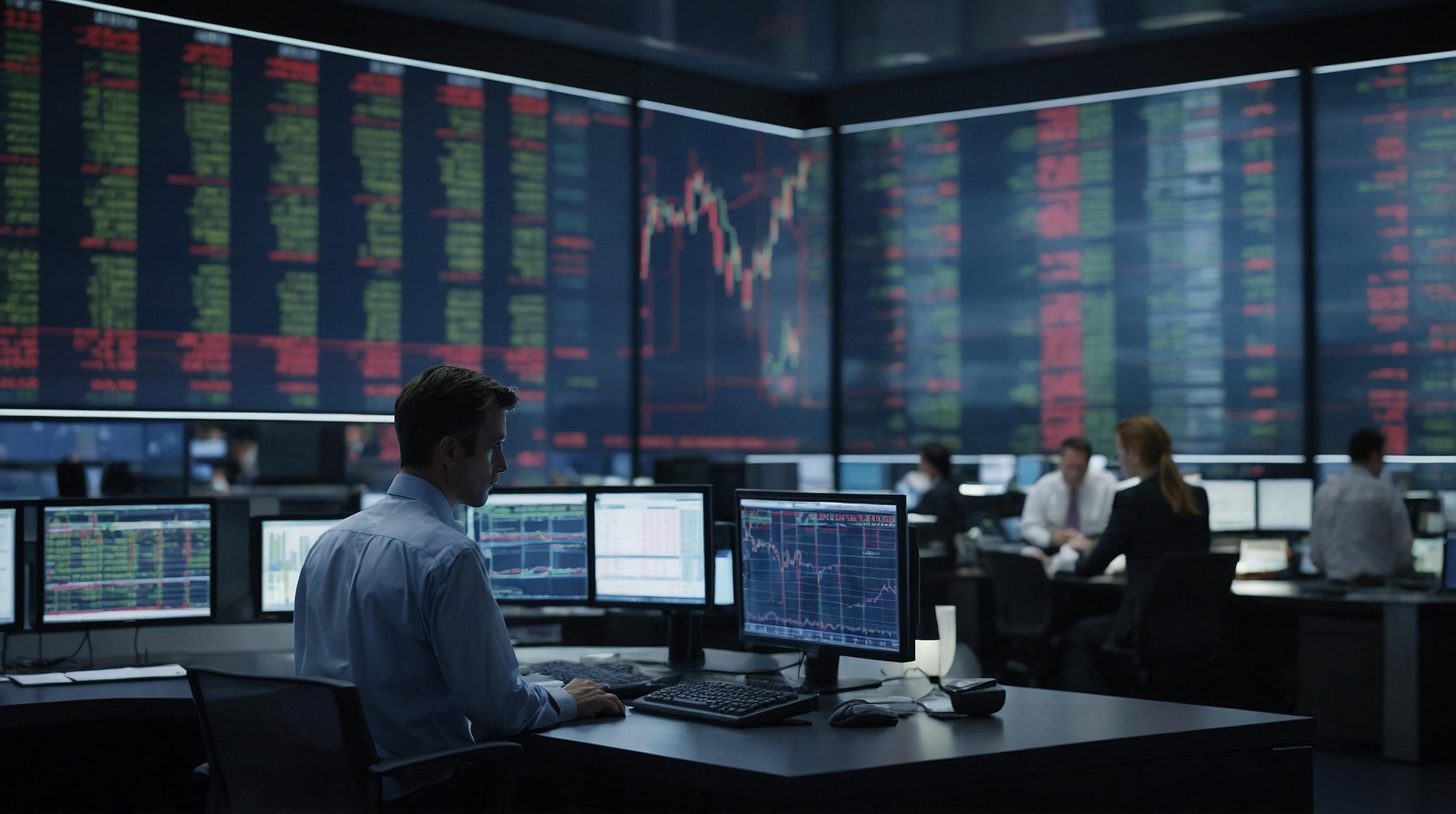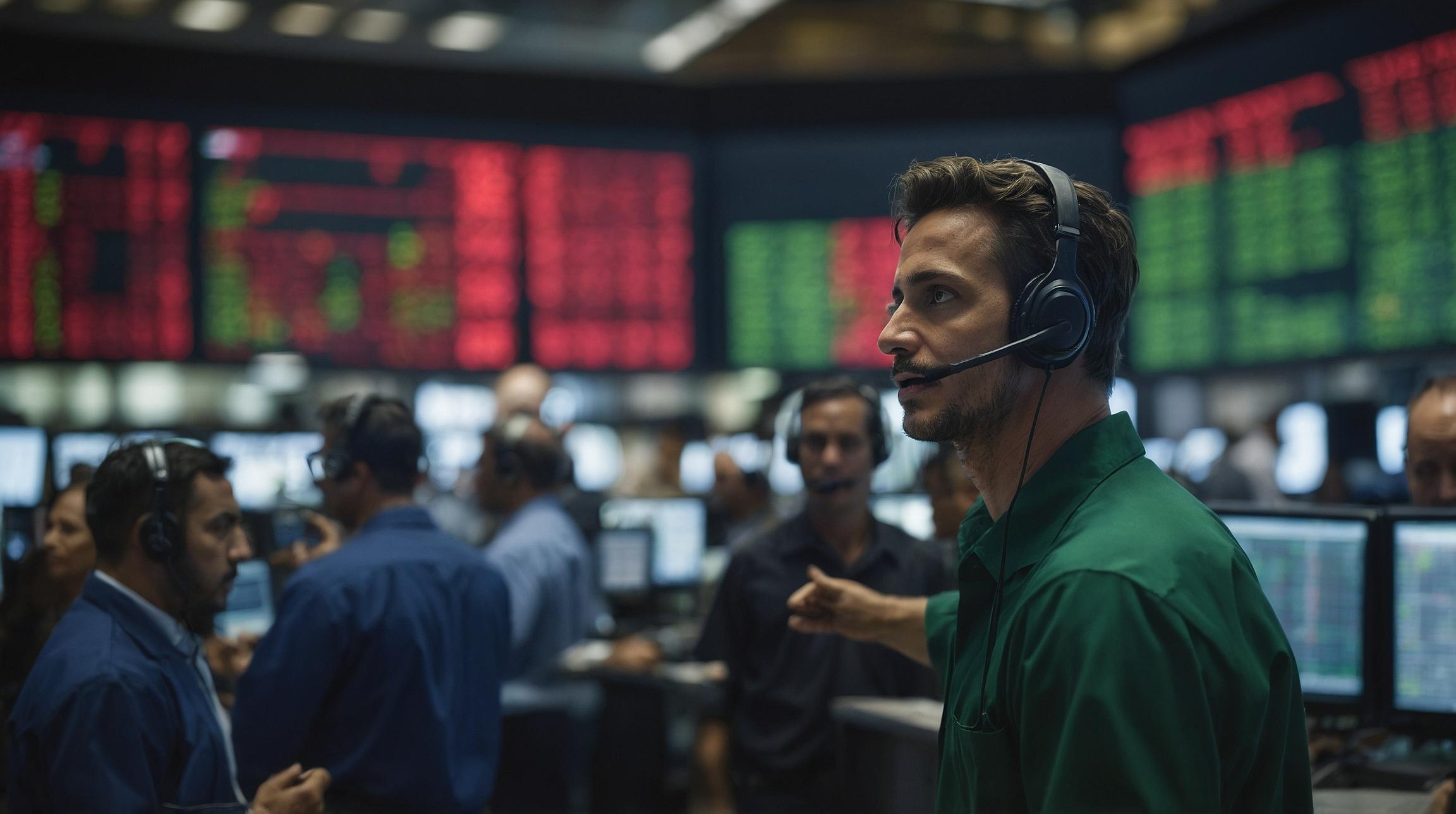Understanding the S&P 500's Recent Performance
The S&P 500, a stock market index tracking 500 large companies listed on stock exchanges in the United States, has shown significant growth this year, rising approximately 16%. However, as it hovers around the 5,500 mark, experts are advising caution.
Why Caution is Advised
BCA Research, a reputable financial analysis firm, warns against pursuing stocks as the index approaches and potentially exceeds this level. The primary concern is the increasing risk of a recession, coupled with a slowdown in government spending and business investment—two critical components of the nation's Gross Domestic Product (GDP).
Example:
Imagine you have a household budget and suddenly you have to cut back expenses (like the government and businesses might do). This could lead to less spending in other areas, like entertainment or dining out—which affects others who rely on your spending.
AI Mania and Market Trends
The market's recent success has partly been fueled by the ongoing "AI mania," particularly driven by companies like Nvidia. However, BCA suggests this trend might not sustain, comparing the AI hype to a "better paper-clip guy," implying that while AI is useful, it might not justify continued stock market outperformance.
Implications of a Recession
Although the consumer sector remains strong, there are emerging signs of labor market weakness. If job stability wanes, consumer spending might decrease, affecting the economy's overall health.
Example:
Consider a scenario where fewer people are quitting their jobs for new opportunities, suggesting uncertainty in job stability. Just like if fewer people are willing to try new jobs, they may also cut back on luxuries, such as attending expensive events.
Market Seasonality and Political Uncertainties
Historically, September and October are known to be challenging months for the stock market. This seasonal trend, combined with uncertainties about upcoming U.S. elections and high interest rates, can further complicate the market's trajectory.
Investor Sentiment and Market Correction
BCA notes that many investors remain bullish—optimistic about the market's future—even as few seem to be shorting stocks (betting on their decline). This optimism could lead to a market correction, particularly if the S&P 500 remains around the 5,500 level.
Example:
Think of investor sentiment like a seesaw. If everyone is on one side, thinking the market will go up, it might tip the other way when reality sets in.
Conclusion
While the S&P 500's performance this year has been impressive, the combination of economic trends, AI hype, seasonal patterns, and investor sentiment suggests that further gains could be limited. Investors are advised to proceed with caution, assessing their portfolios in light of these factors to make informed decisions.













